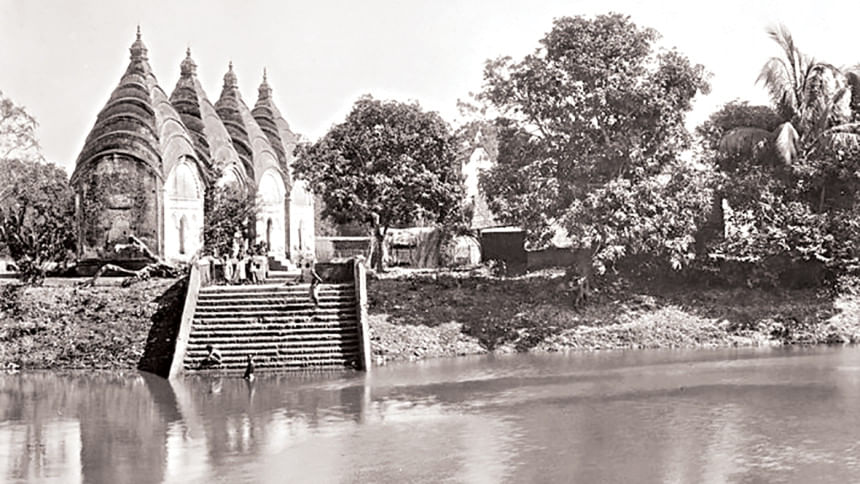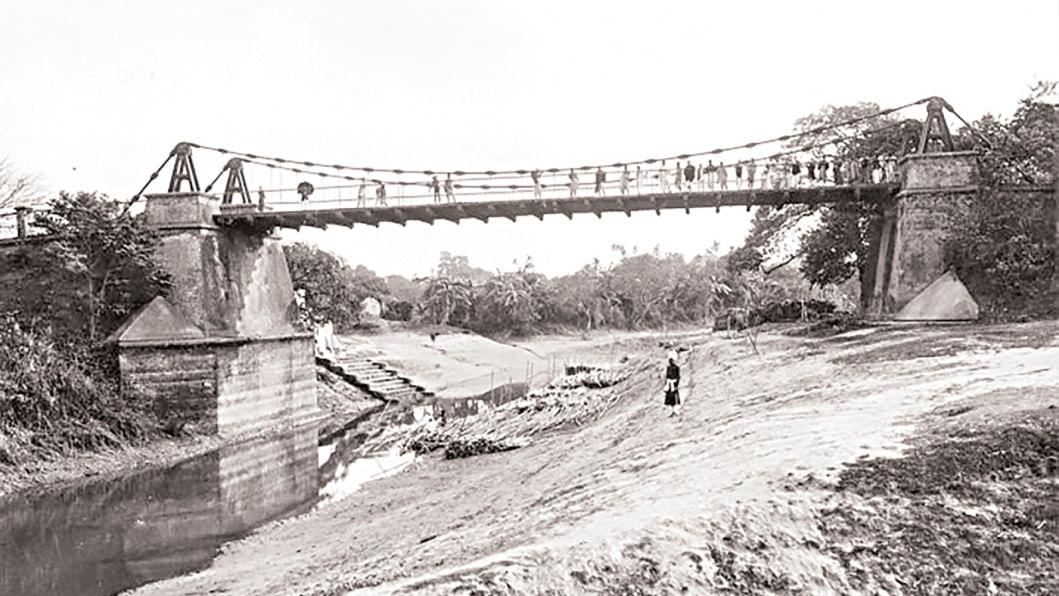Through a German lens: When Dhaka posed for Fritz Kapp

Long before Dhaka became a noisy sprawl of rickshaws, traffic, and concrete, it was a quieter, more graceful place. One posing for a German man with a camera and a keen eye for elegance.
The man's name was Fritz Kapp.
At the turn of the 20th century, photography was still a novelty in Bengal. It had arrived in India just a year after its European debut in 1839, brought in by British officials and missionaries eager to document their empire. By the 1860s, Kolkata was already buzzing with studios -- both European and local.
It was a common sight to see the city's elite line up for portraits in formal attire, framed by velvet curtains and classical backdrops.
But Dhaka? It remained largely outside the frame.
That changed when Nawab Ahsanullah, the powerful patriarch of Dhaka's ruling family, decided he didn't need to go to Kolkata to be photographed. Instead, he brought the photographer to him.
Fritz Kapp, already established in Kolkata and Darjeeling, accepted the Nawab's invitation and opened a studio in Wise Ghat, just a stone's throw from Ahsan Manzil.

It wasn't just a business venture -- it was the beginning of a visual archive.
Kapp photographed the Nawabs, their palaces, their gardens, and the very mood of Dhaka before the world changed. He had a second studio in Nawabpur and produced portraits, architectural shots, and scenes that combined European technique with Eastern grandeur.
Then came February 1904. Lord Curzon, the Viceroy of India, visited Dhaka. Kapp was summoned once more, this time to document history. The result was "The Curzon Collection" -- an album of 30 photographs, 19 of which featured the Nawab family and their estates. The rest captured Dhaka's landmarks like Chawk Bazar, Ahsan Manzil, Mitford Hospital, Shahbagh Garden, and even the old iron bridge.
But Kapp wasn't the first to photograph Dhaka. A few images exist from the 1870s, though their creators remain unnamed. In the 1880s, the studio Johnston and Hoffmann published "Architectural Views of Dhaka". Yet those efforts were fleeting.
Kapp, by contrast, immersed himself in the city and, in doing so, left behind more than images -- he left influence.
By 1910, inspired by his presence, Dhaka's own photography scene began to grow. R C Das opened a local studio. Even members of the Nawab family -- Khwaja Afzal and Khwaja Sulaiman Quader -- launched their own. Soon after came names like Charuchandra Guha, Technical Art, Dos & Co, and Musical Mart. They would go on to define Dhaka's visual culture for decades.
Fritz Kapp eventually closed shop after Nawab Ahsanullah's death in 1901, but his impact remained. He showed Dhaka to itself -- stately, composed, and radiant under the gaze of a foreign lens.
In an era before reels and Instagram filters, Kapp gave the city its first real moment of stillness. And in doing so, he helped Dhaka find its photographic soul.

 For all latest news, follow The Daily Star's Google News channel.
For all latest news, follow The Daily Star's Google News channel. 



Comments